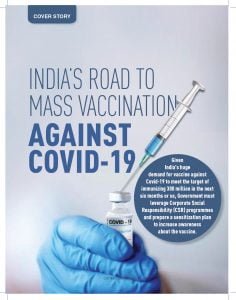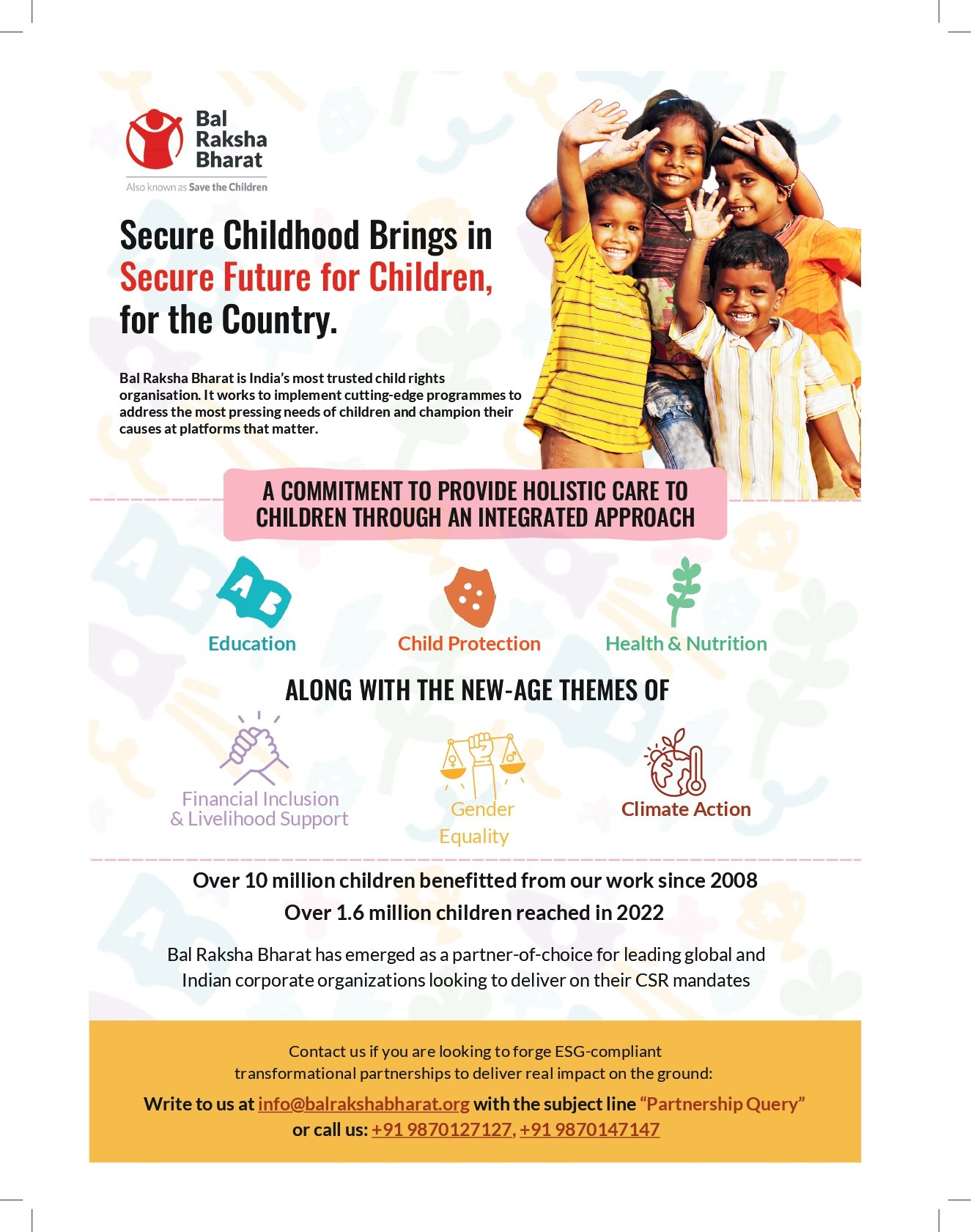
Violence against girls and women, quite distressingly remains a highly prevalent and pervasive human rights violation in the world. A global estimate reveals that 736 million women, which is almost one in three women have been subjected to physical violence or intimate sexual partner or non-partner violence at least once in their lives. The workplace and online spaces are seeing a surge in these statistics, especially post-pandemic. While the prevention of this has been a source of constant debate and deliberation, robust responses and considerable and consistent efforts and strategies for its prevention are the need of the hour. Needless to reiterate currently the efforts are sparse. Only 5% of the government aid is focused on tackling violence against the fairer sex as they say, and less than 0.2% is directed towards its prevention.
An impetus can be given to this by more investment in women’s organizations, putting better legislation in place, following through to the persecution of perpetrators, and providing more services to the survivors as well as training the law enforcement officials on displaying more sensitivity and gender-based violence prevention.
An important challenge of violence against women and girls remains the non-reporting of it. There is a stigma attached to any crimes against women and girls therefore people prefer that it remains within the closed doors and does not come out in the open. This prevents its’ proper address and remedial action.
There are numerous ways in which violence against women can manifest itself. The broad categories can be physical, sexual, mental, and psychological.
The physical and sexual side can be physical beating or violence that does bodily harm, sexual violence can be rape, forced or unnatural sex, unwanted sexual advances, child sexual abuse, forced marriage, physical stalking, child marriage, street or cyber harassment, human trafficking, slavery, female genital mutilation and so on.
The Declaration on the Elimination of Violence Against Women issued in 1993 by the UN General Assembly defines violence as “any act of gender-based violence that results in, or is likely to result in, physical, sexual or psychological harm or suffering to women, including threats of such acts, coercion or arbitrary deprivation of liberty, whether occurring in public or in private life.”
These adverse effects permeate right through the lives of all women and they start with these educational and other disadvantages as a primary obstacle which builds up and creates bigger barricades and disadvantages in the future for them.
While gender-based violence can occur for any woman, certain groups are more vulnerable. These comprise young girls, older women who are senior citizens, lesbians, bisexuals, transgenders, migrants, refugees, ethnic minorities, indigenous women, HIV infected, women with disabilities, sex workers and also women undergoing humanitarian crises. With violence against girls and women not seeing a considerable decrease, the SDG of not leaving anyone behind, and putting an end to violence against women and girls assumes a very deep significance. Statistics and studies reveal that:
- more than five women or girls are killed every hour by someone who is their family member.
- One in three women has been subjected to physical and sexual violence at least once during their lifetime.
- There are 865 women and girls who are living in countries without any legal protections against gender-based violence. However, the silver lining is that with the collection of data on gender violence from at least 161 countries, the (UNFPA) or the United Nations Population Fund and the UN Women are working closely to study it and draw their conclusions on gender-based violence.
However, the silver lining is that with the collection of data on gender violence from at least 161 countries, the (UNFPA) or the United Nations Population Fund and the UN Women are working closely to study it and draw their conclusions on gender-based violence. This basic human rights violation needs quick redressal. While violence against women is a violation of basic human rights, it also puts children at high risk, since women bear children and are custodians and caregivers for the children. Their social and economic milieu is largely dominated by males who are their perpetrators.
The unequal power hierarchy also gives rise to these incidents of violence. Misogynist structures need to be resolved to establish gender justice. The cause of this violence therefore exists not only at individual levels but at the structural levels too.
Violence against women not only restricts their participation in society but also reduces their opportunities in life. Violence against women however is not restricted to certain social classes it exists in the economically affluent as well. Sometimes the violence is not restricted to these forms of abuse but also manifests itself through discrimination, some of which are – homophobia, racism, and ableism.
The most common form of violence namely domestic or family violence, can largely be attributed to partner violence, where the males carry out the violence on the affected that is the female. Most of the killings are feminicide or femicide (of females.)
Sexualized violence pertains to sexual acts against the will of the other person. This crime has laws laid out for it and is legally protected by the right to sexual self-determination. This can have a wide range of severity and form – right from verbal harassment to unwanted touching and even rape. The other aspects include domestic violence, forced marriage, and even female genital mutilation. Sexualized violence is seen as an outlet for exercising power and controlling someone, or the intent of oppressing the other person. Violent sexual acts that are nonconsensual are undertaken and more often than not satisfaction of the perpetrator is the primary objective. This is often an instrument of power, also widely used during war. This is also used to humiliate the men on the opponents’ side by exercising control over their women who may be their daughters, wives, or family members. There are sexist and racist motivations in wartime crimes.
Psychological violence leads to emotional and mental injuries to the affected. These can include intimidation even if not physical, then through looks and gestures. Threats and coercion also form a part of this. Derogatory comments and public ridicule also form a part of this. The perpetrator depicts dominating behavior, high degrees of jealousy, and isolation. This normally occurs within close relationships and can also occur online as cyber violence. What is very ironic is that violence is not restricted to certain nationalities, religions, or age groups, it exists at all levels of society irrespective of education and wealth.
The UN started supporting the rights of women through its founding charter. THE Universal Declaration of Human Rights adopted by the UN General Assembly on 10th December 1948 Gender Equality was made part of international human rights law by the Universal Declaration of Human Rights, which was adopted by the UN General Assembly on 10 December 1948.
Focusing on women and the SDGs (Sustainable Development Goals) shows equality and empowerment, achieving gender equality, and so on. The UN system is paying ongoing attention to the issue of violence against women. The violence against women can be termed as a pandemic that is affecting most countries. While many women-centric observances like International Women’s Day the Day of the Girl Child and so on are being commemorated and observed, there is a vast and challenging terrain that still has to be traversed! All, we need is the right gear and the attitude to undertake this arduous journey!



































